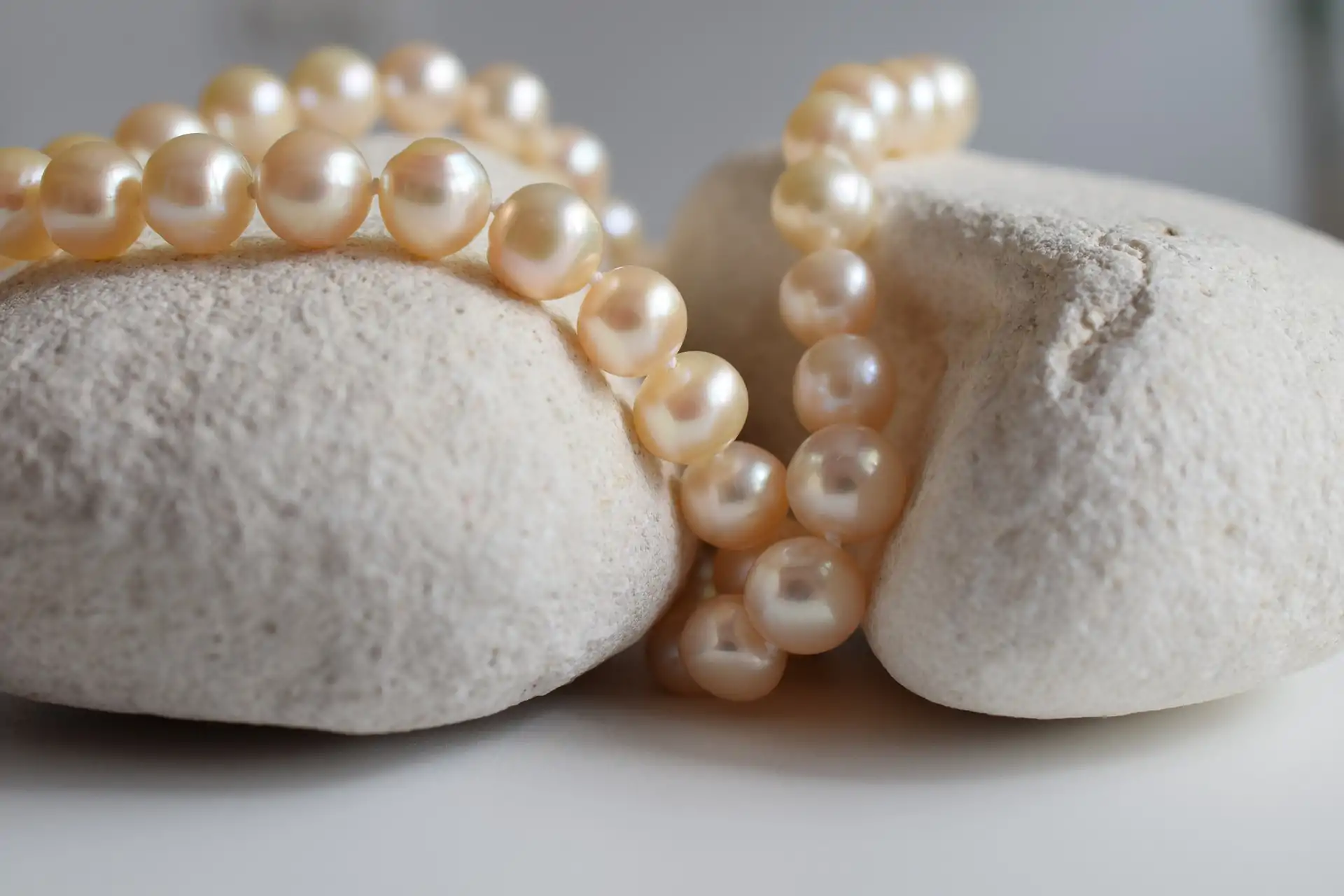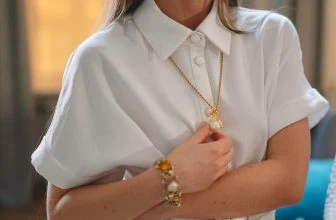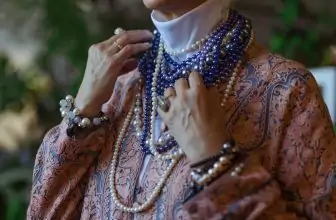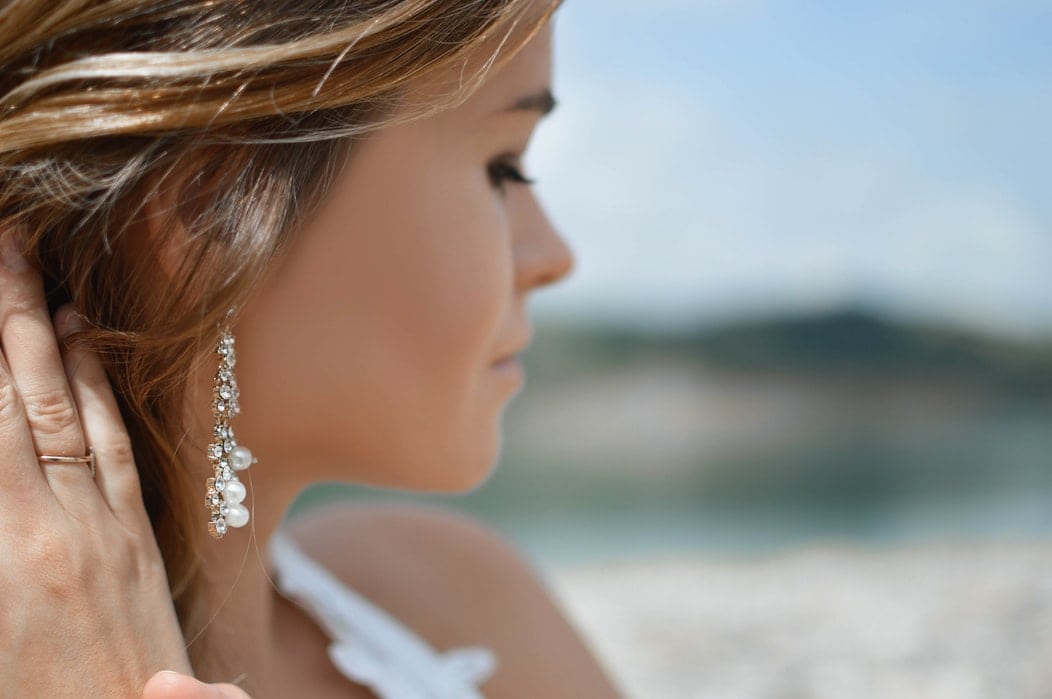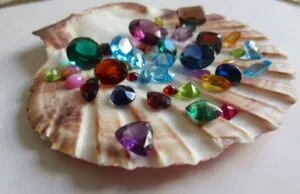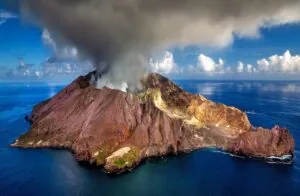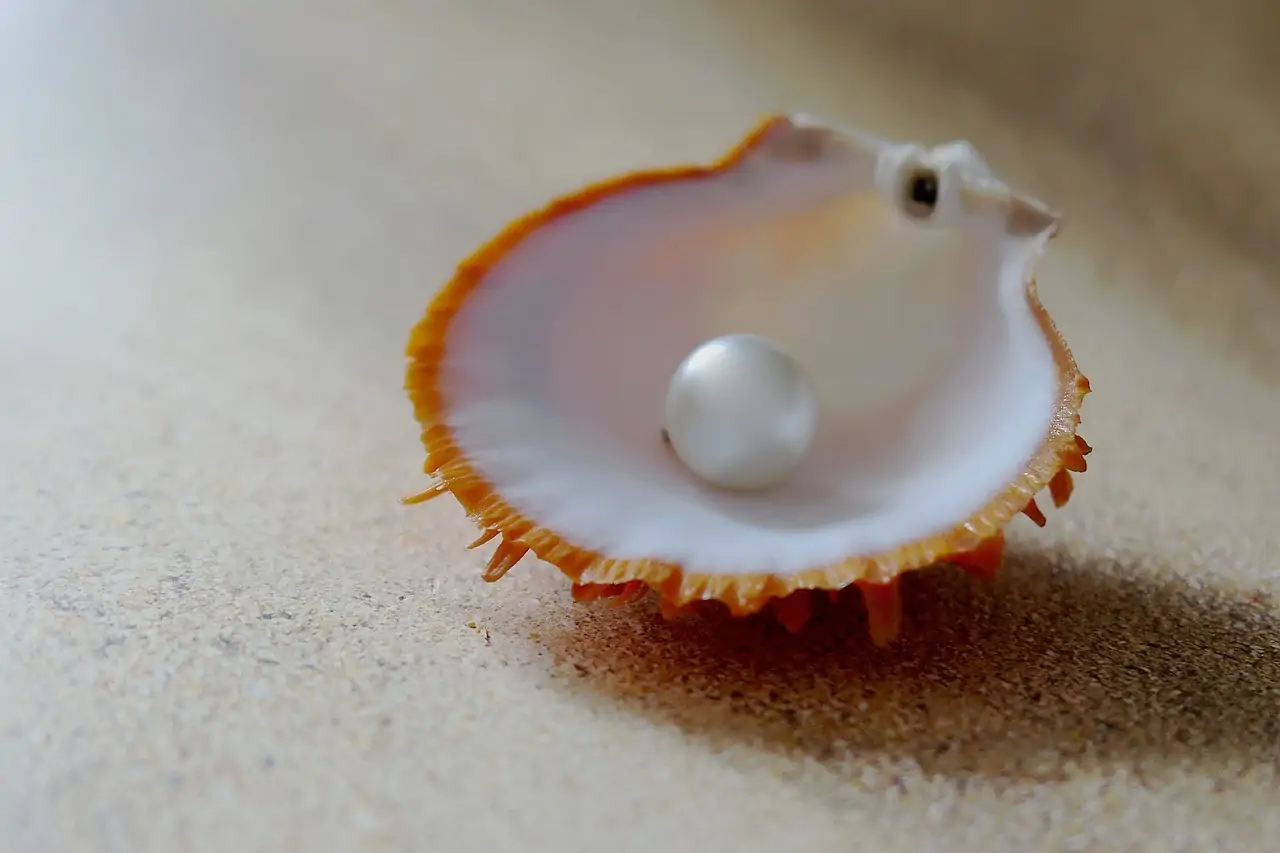
Table of Contents
Often called the Rolls Royce of pearls, South Sea pearls are the most prestigious of all the pearl varieties. These stunning pearls also happen to be the largest and the rarest, making them the most valuable.
Because of their high price point and scarcity, purchasing South Sea pearls can be a little bit daunting. Here’s a close look at the how South Sea pearls differ from other varieties and whether they’re the right type for you.
What is a South Sea Pearl?
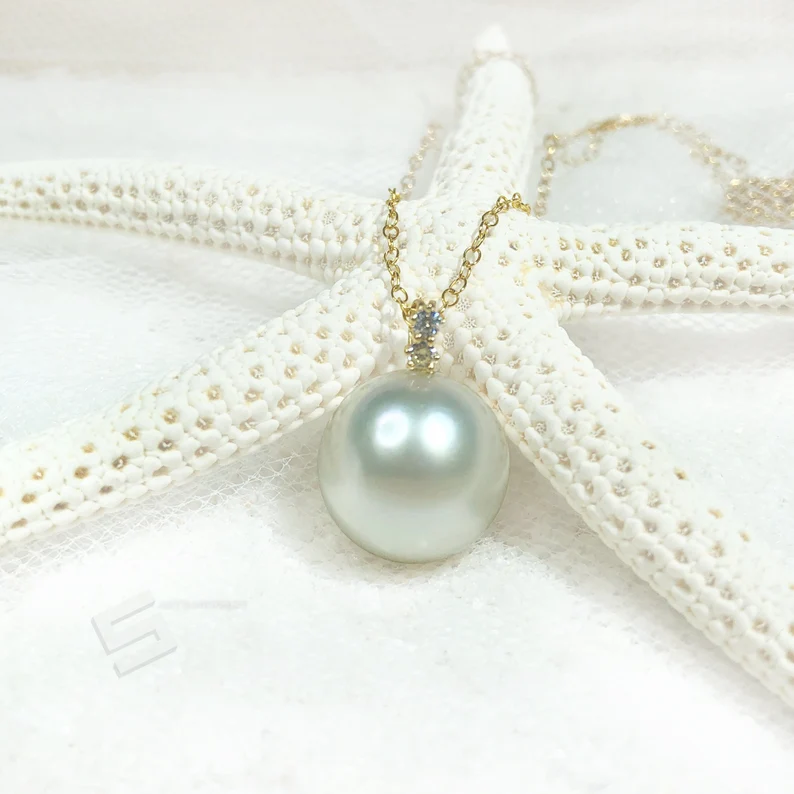
South Sea pearls are renowned for their creation by the magnificent Pinctada Maxima oyster, which boasts two distinct shades – the shimmering White-lipped and the radiant Gold-lipped oysters. Naturally, the oyster’s type plays a role in determining the pearl’s hue. The majority of these pearls hail from Australia’s north-western coast, with the golden hue predominantly found in the Philippines and Indonesia.
The Pinctada Maxima can achieve impressive sizes, often reaching up to 12 inches. To maintain a healthy and abundant stock, South Sea pearl cultivators utilize a blend of both wild and hatchery-bred oysters. Stringent monitoring by governmental bodies ensures the well-being of these oysters.
South Sea pearls have the longest maturation time among cultured pearls, requiring 3 to 4 years. This extended period allows the pearls to attain a larger size.
It’s important to note that the vast majority of South Sea pearls are cultured. During the cultivation process, a bead or nucleus is meticulously inserted into the oysters, a task performed by expert technicians with precision.
The ideal formation of a South Sea pearl demands optimal conditions. The Pinctada Maxima oyster flourishes best in its native environment, which is why pearl farming for this variety is limited to specific regions.
South Sea Pearl: Colors and Overtones
South Sea pearls are known for their stunning white and gold colors. The white variety come in silver, ivory, bright white and blue colors and makes up about 90% of the total South Sea pearl productions. Blue South Sea pearls are very rare and can be intense in color. The golden pearls comes in cream, champagne and deep gold hues and are much rarer.
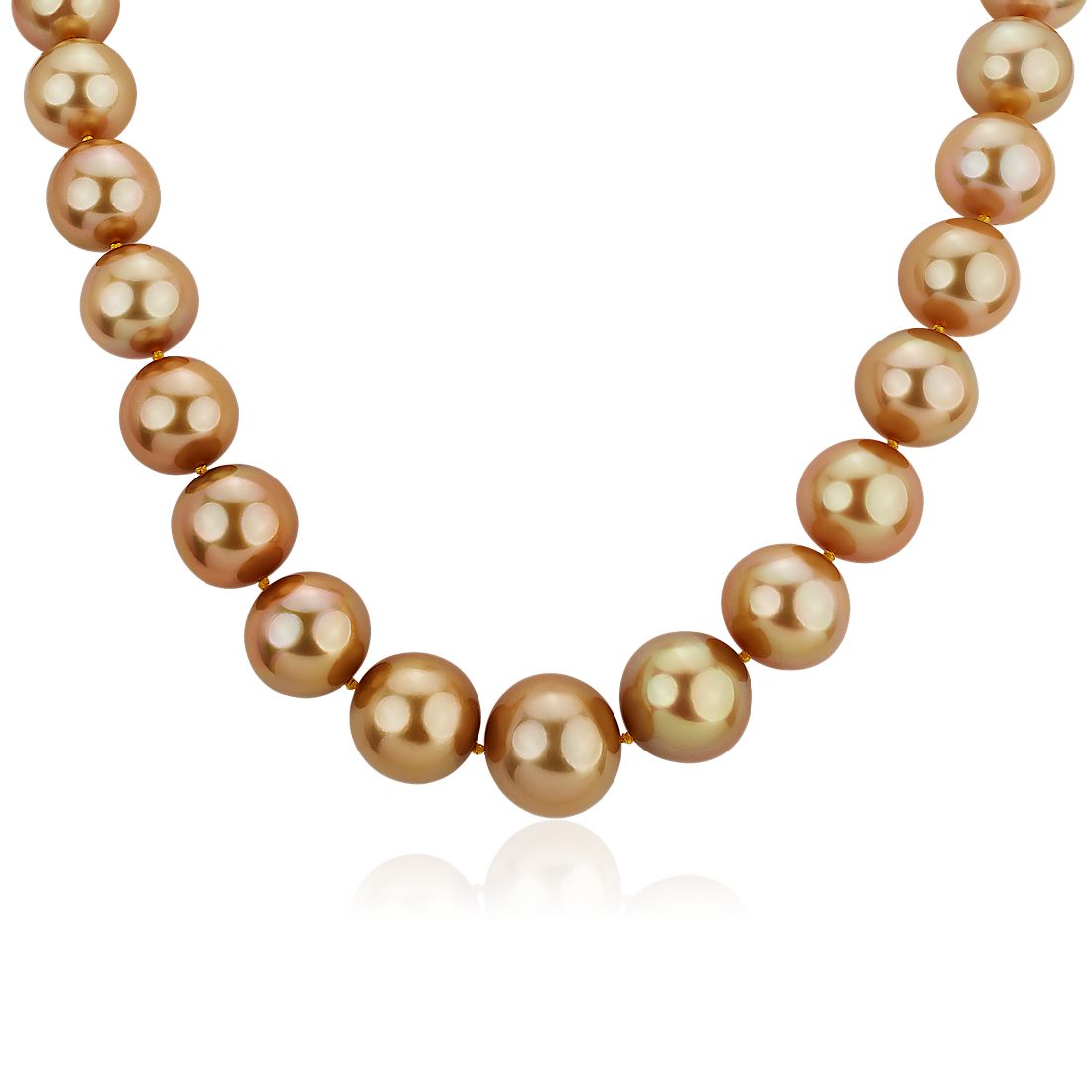
Unlike some other pearl varieties, the overtones in South Sea pearls are not generally very striking. Rather, it is the body color of the pearl that is the most apparent. As these pearls are stunning in their natural color, the color is rarely enhanced.
South Sea Pearl: Shapes
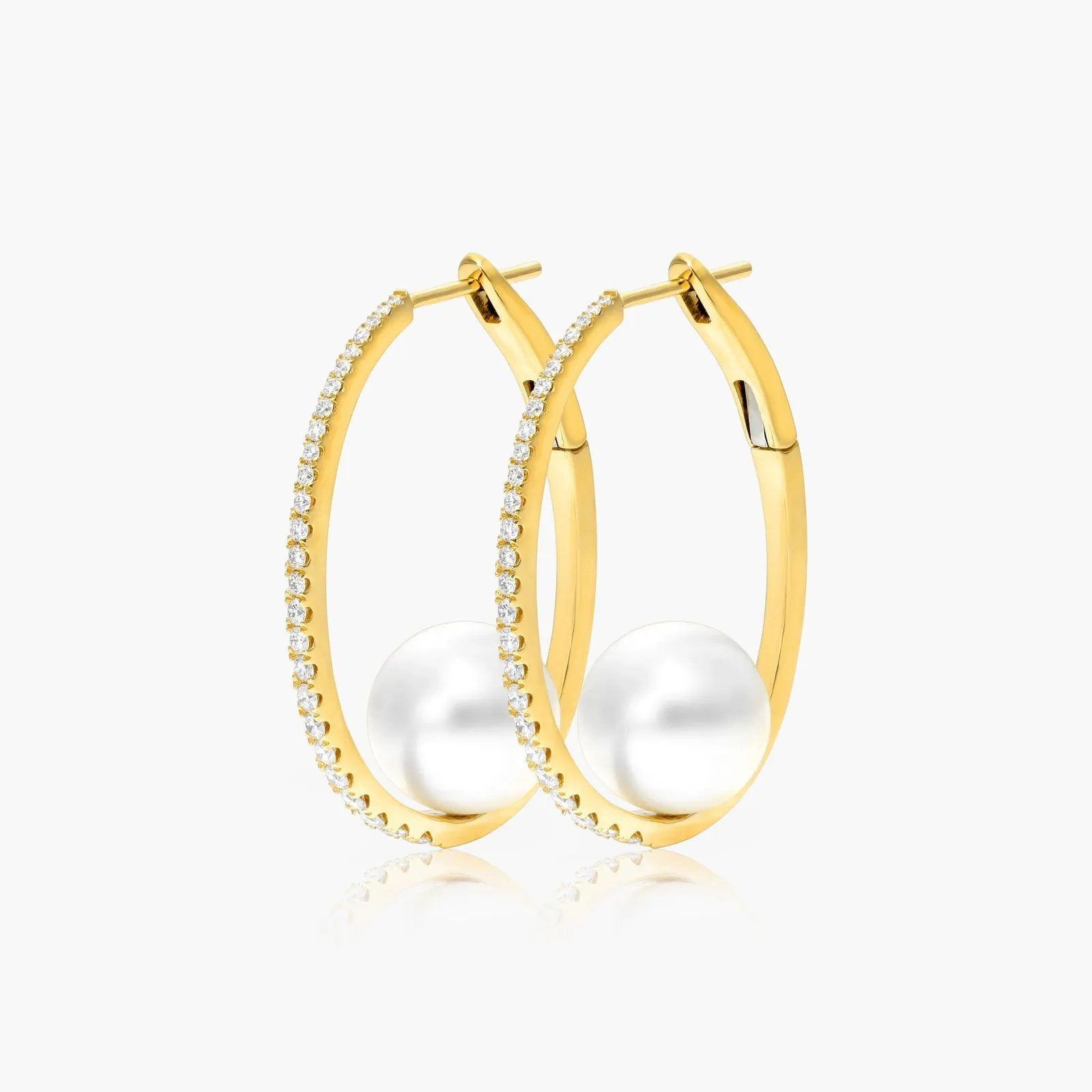
South Sea pearls come in a variety of organic shapes and perfectly round spheres can be quite rare. This means that a strand of perfectly matched South Sea pearls is quite difficult to put together and therefore very valuable. The main shapes the pearls come in are round, near round, baroque, circle and drop.
Round South Sea pearls are the most highly sought after but are the rarest shape. Irregular shaped ones are now more in demand as people choose unique and individual jewelry designs.
What Size are South Sea Pearls?
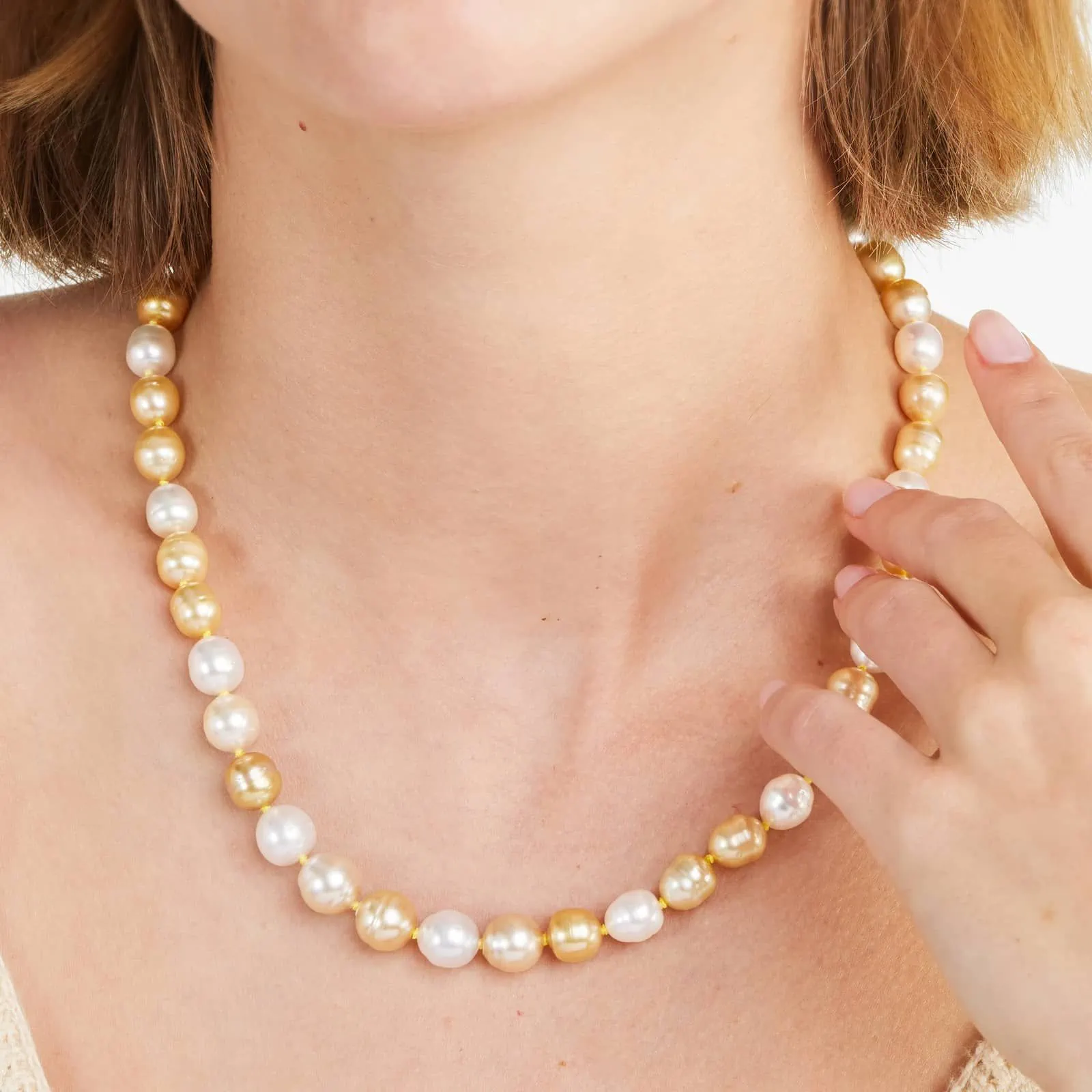
South Sea pearls are renowned for their impressive size, making them some of the largest pearls available. Typically, they range from 9mm to 20mm, though the average diameter lies between 10mm and 15mm.
Due to the Pinctada Maxima oyster’s large size – the oyster responsible for producing South Sea pearls – these pearls can achieve such substantial dimensions. Their remarkable size, combined with their lustrous sheen and unique colors, significantly contributes to their desirability and value in the jewelry market.
South Sea Pearl: Luster
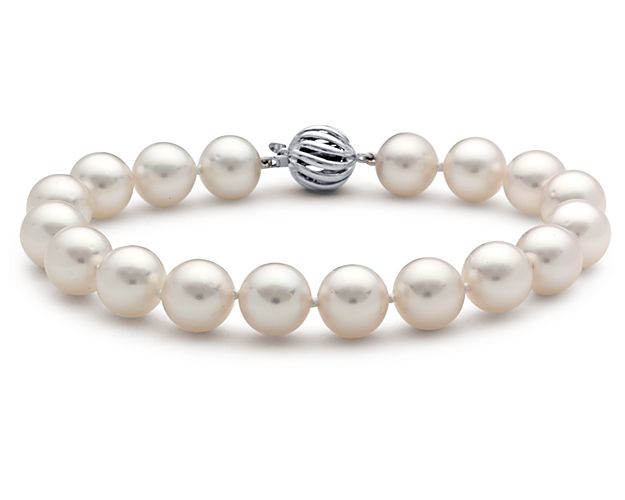
Luster refers to the shine of the pearl and is one of the most important aspects to consider when purchasing pearl jewelry. All else being equal, a pearl with better luster will invariably be more valuable.
When light is reflected and refracted out of the pearl, we see this as luster. South Sea pearls tend to have a unique and highly reflective luster that is quite distinctive from other pearl varieties.
South Sea Pearl: Value
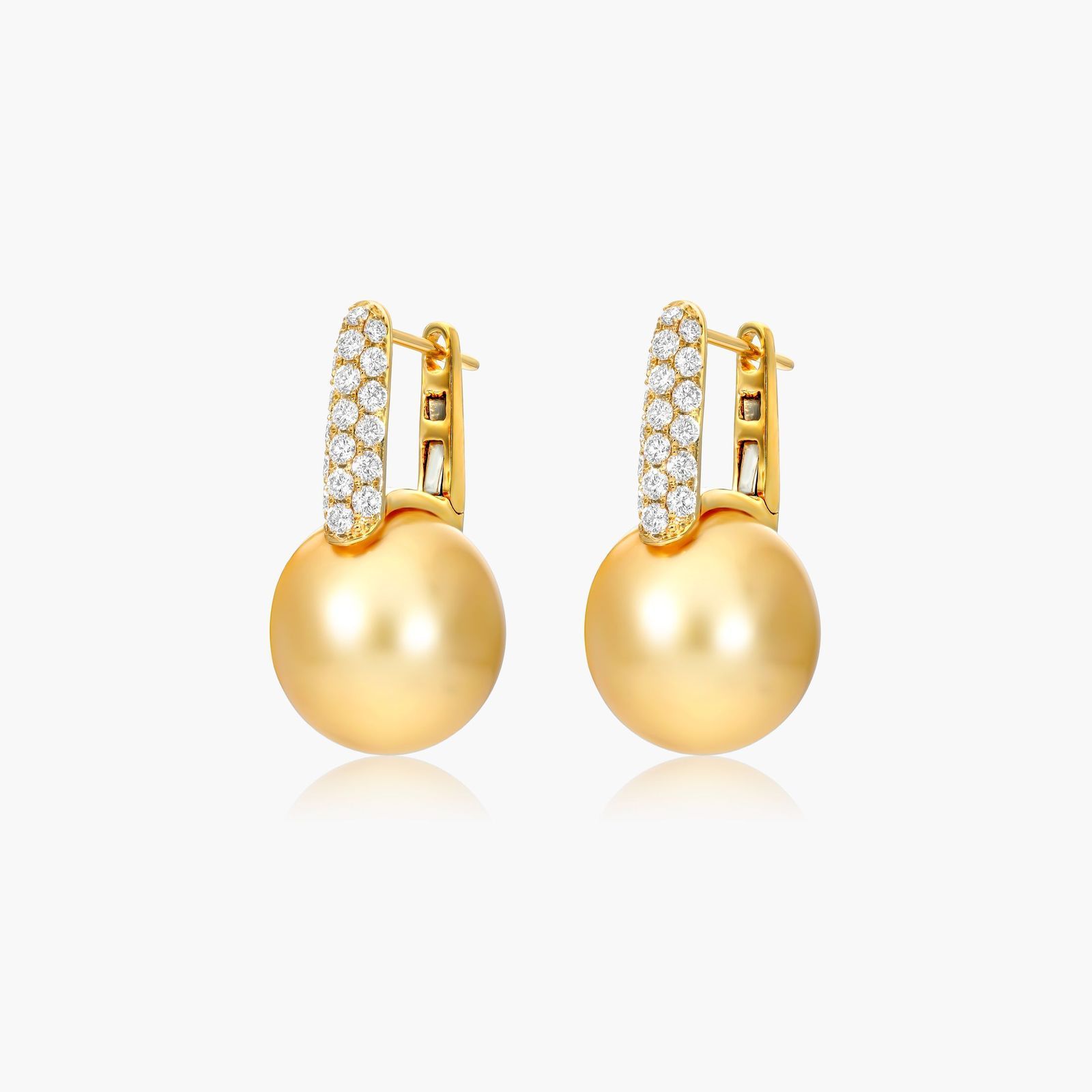
South Sea pearls hold a coveted position in the world of luxury gemstones due to their remarkable size, exceptional luster, and distinctive hues. Originating from the expansive Pinctada Maxima oyster, these pearls are primarily found in the waters of Australia, Indonesia, and the Philippines. Their rarity and the challenging cultivation process, which spans 3 to 4 years, significantly influence their value. Larger pearls, especially those exceeding 15mm, are rarer and thus fetch higher prices.
Apart from size, the pearl’s surface quality, shape, and luster play vital roles in determining its worth. The radiant golden South Sea pearls, predominantly from the Philippines and Indonesia, and the shimmering white variants from Australian waters are particularly sought after.
As natural wonders transformed into opulent adornments, South Sea pearls aren’t just symbols of elegance and prestige, but they also represent the harmonious interplay between nature’s wonders and human craftsmanship.
South Sea Pearl: Jewelry
South Sea pearls, with their lustrous glow and impressive size, are versatile gems that have been incorporated into various jewelry designs. Here are some popular types of South Sea pearl jewelry:
1. Necklaces
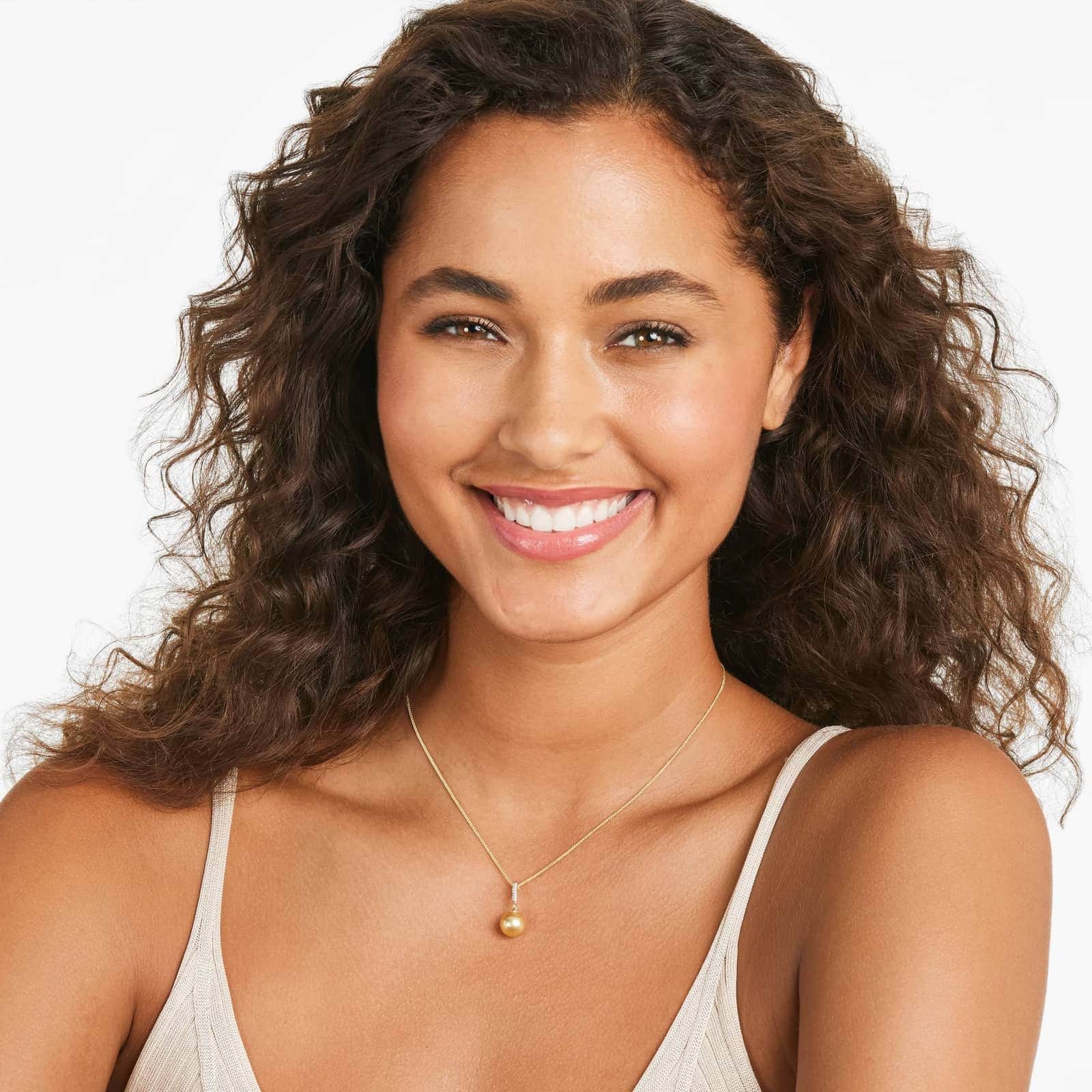
Ranging from simple pendants with a single pearl to elaborate strands of multiple pearls, South Sea pearl necklaces are statement pieces. The classic strand of white or golden pearls is a timeless addition to any jewelry collection.
2. Earrings
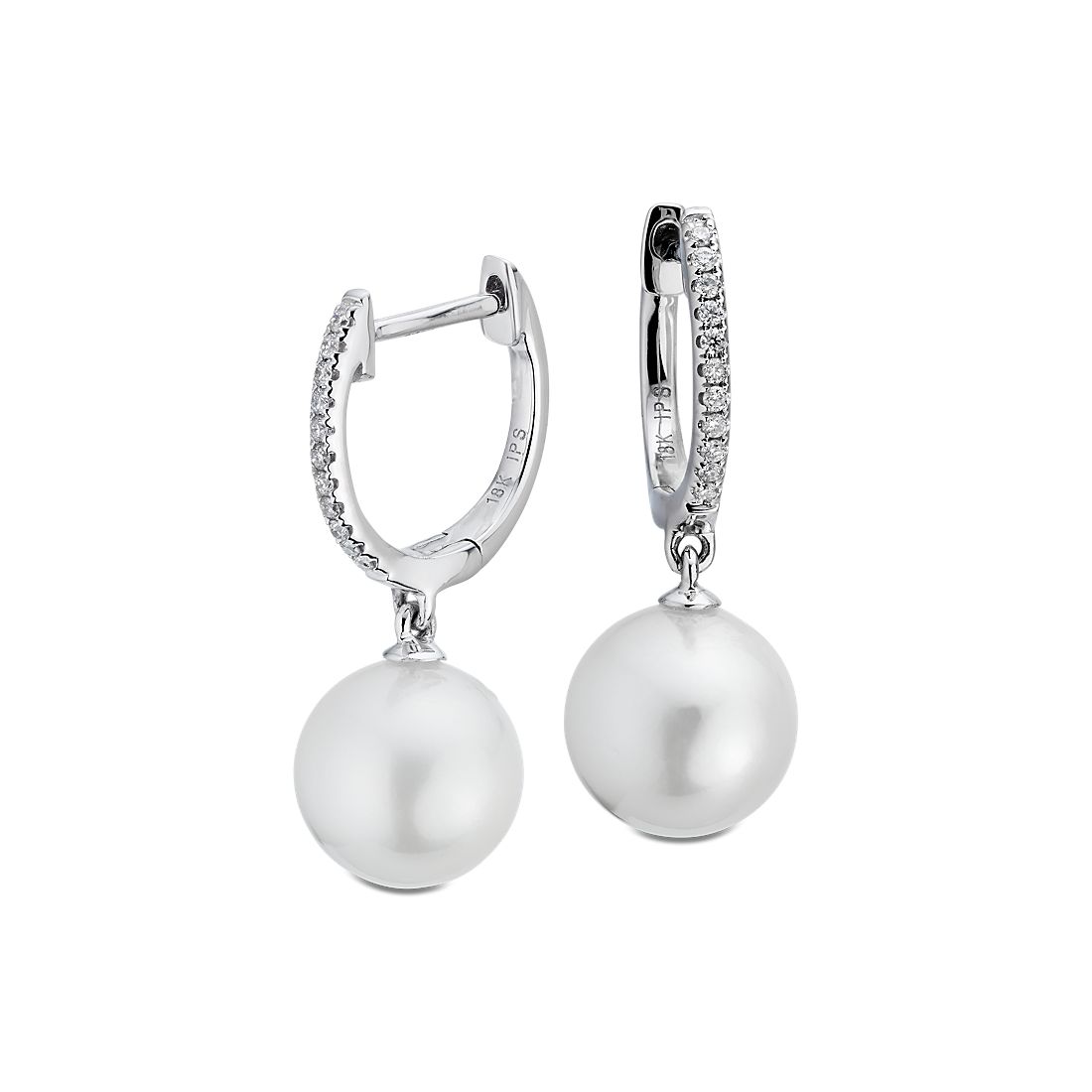
Whether they’re elegant stud earrings showcasing a single pearl or dramatic drop earrings with diamonds or other gemstones complementing the pearls, South Sea pearl earrings add a touch of sophistication to any ensemble.
3. Rings
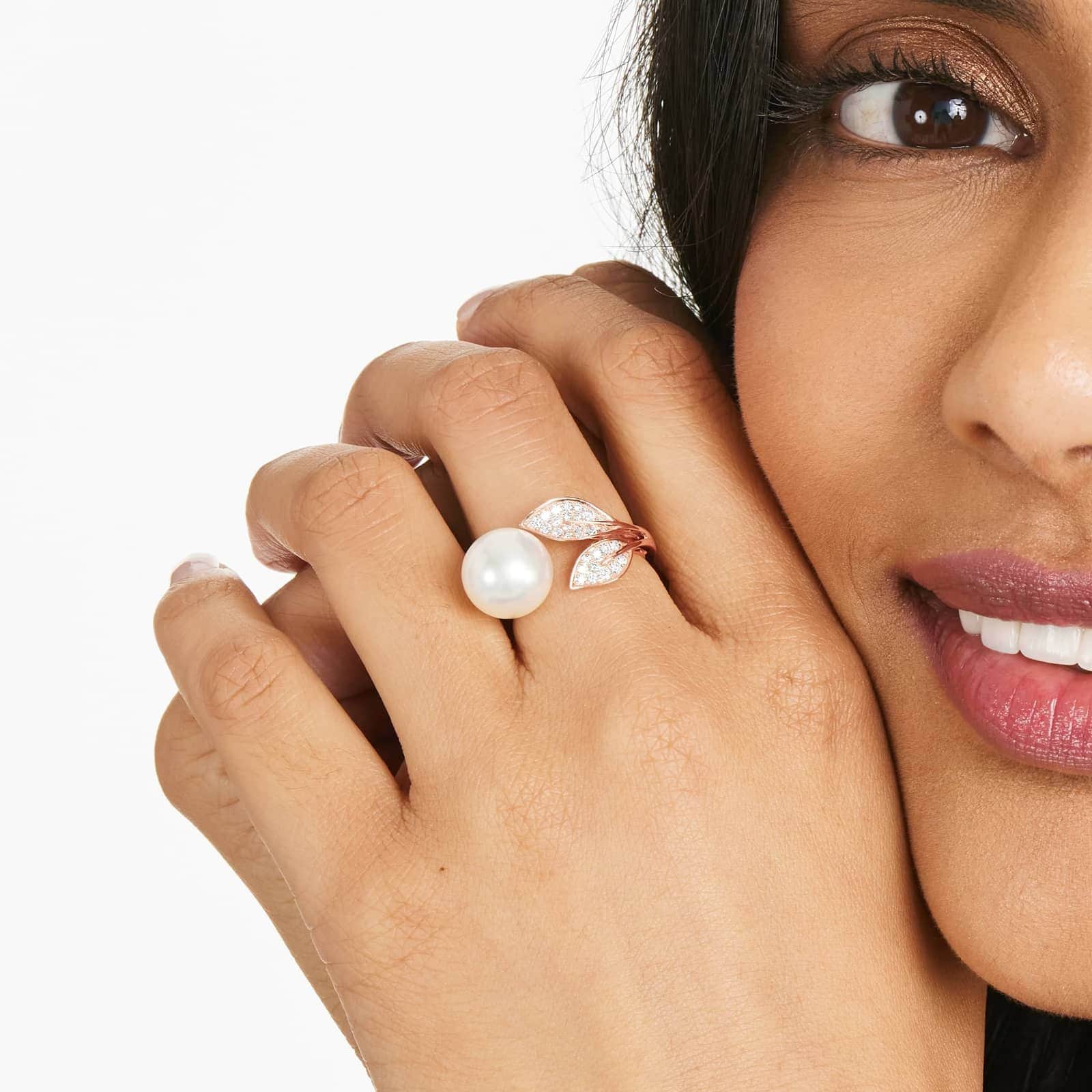
These often feature a sizable South Sea pearl set atop gold or platinum bands, sometimes accompanied by diamonds or other precious stones.
4. Bracelets
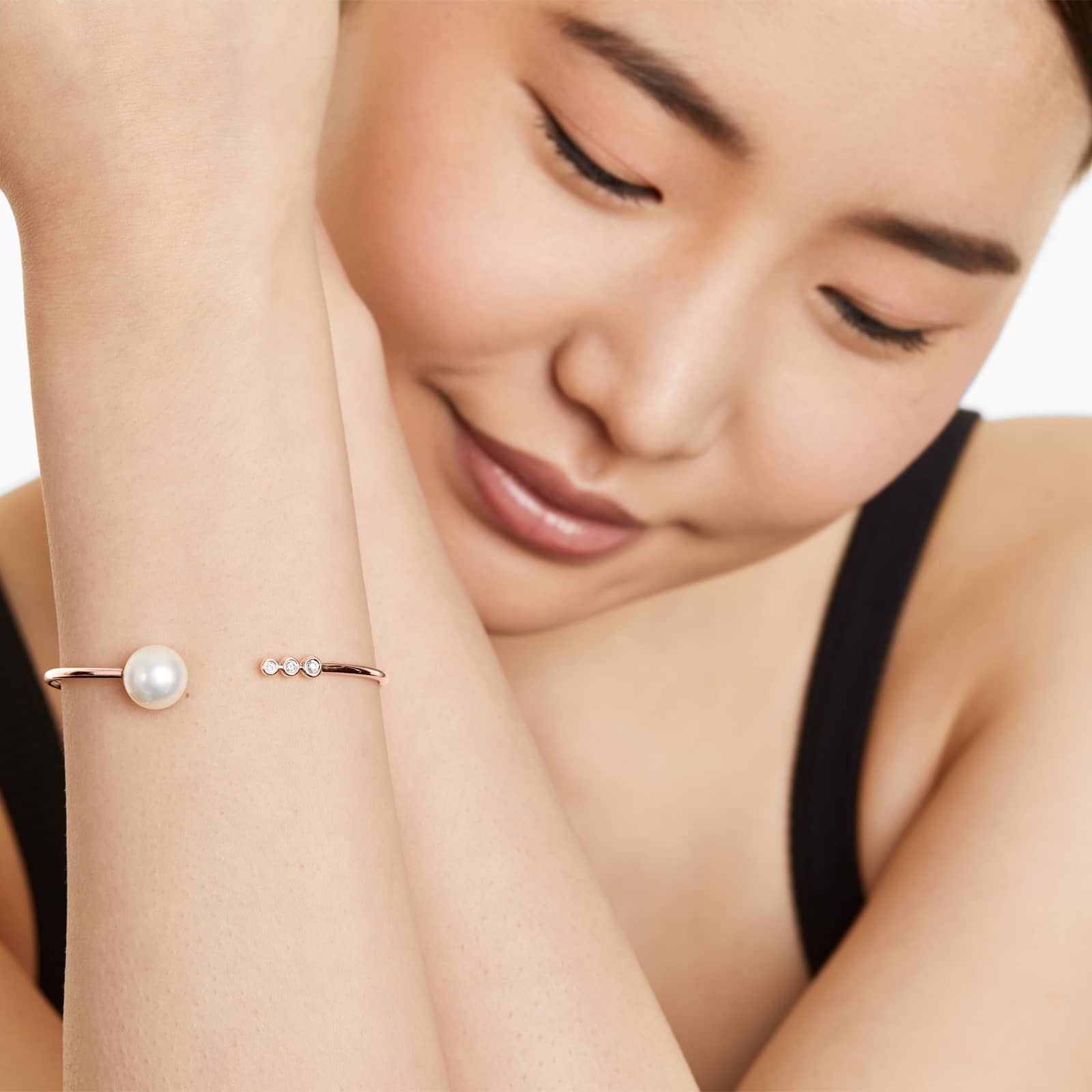
South Sea pearl bracelets can be a simple strand similar to a necklace or more intricate designs interspersed with gold links or other gemstones.
5. Brooches
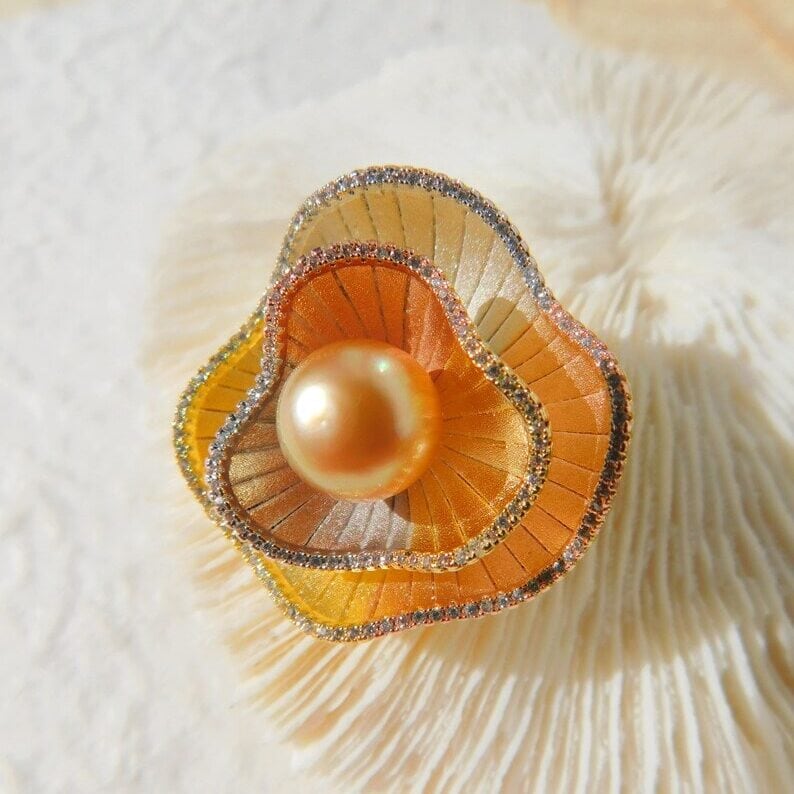
Due to their exceptional luster and significant size, South Sea pearls are a favored choice for ornate pieces like brooches. Brooches often combine intricate designs with a mix of gemstones, and the inclusion of a South Sea pearl can elevate the overall elegance and luxury of the piece. Whether set as the centerpiece or accentuating other elements, South Sea pearls infuse brooches with timeless sophistication.
Such brooches are not only coveted accessories but also investment pieces, given the inherent value and rarity of these pearls. As always, when considering such a purchase, it’s vital to consult a reputable jeweler.
6. Cufflinks
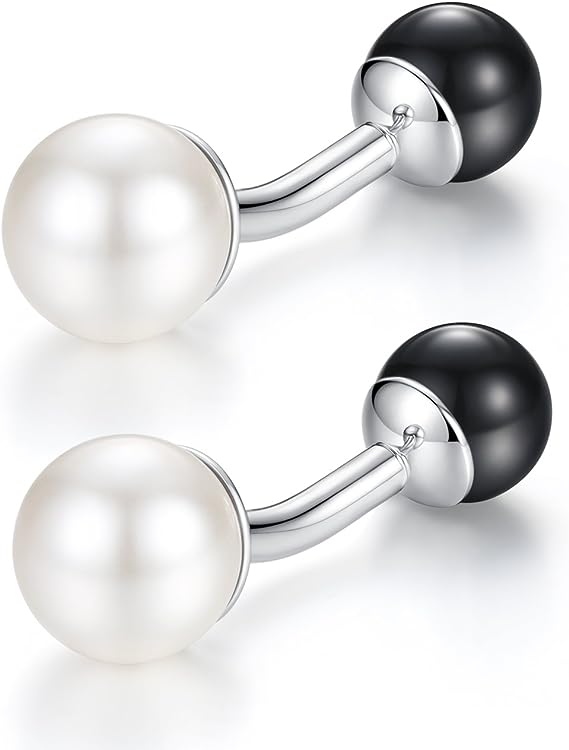
South Sea pearls can be used in cufflinks, although they’re less common than other jewelry applications like necklaces or earrings. South Sea pearl cufflinks represent the pinnacle of luxury and sophistication. Typically crafted for high-end clientele, these cufflinks can be paired with diamonds or set in gold, platinum, or sterling silver settings.
Given their lustrous sheen and impressive size, South Sea pearls can elevate the elegance of formal attire, making them a favorite choice for those seeking a distinct and opulent accessory. However, due to the rarity and value of these pearls, such cufflinks come with a commensurate price tag.
How Do You Grade South Sea Pearls?
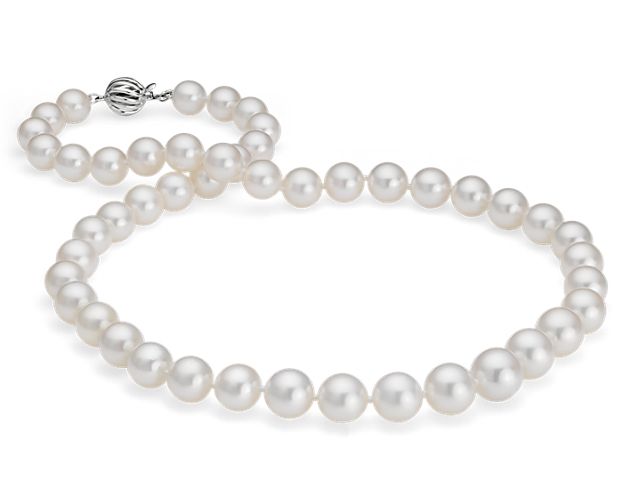
Unfortunately, there is no universally accepted industry standard for grading pearls. Compared to diamonds, which are methodically graded based on a number of measurable factors, pearl grading varies from vender to vendor. Although there are two commonly accepted grading systems for pearls, the standards tend to vary. A pearl graded as AAA on one site, could be an AA on another.
Method 1 – AAA to A Scale
| AAA | Almost flawless, this is the highest quality type of pearl. Features include: Perfectly round, virtually free of surface blemishes and defects with highly reflective luster. Up to 95% surface is blemish free. Nacre thickness should be at least 0.4 mm. |
| AA | High luster, with about 90% of surface free of blemishes or defects. Good quality with near round shape. |
| A | Low luster and 70% of surface free of blemishes and defects. Shape is off round. |
Note that sometimes, some retailers add a fourth grade, AAAA or AAA+, to this scale. This is often just a marketing ploy, allowing the retailer to add a premium to the pearl.
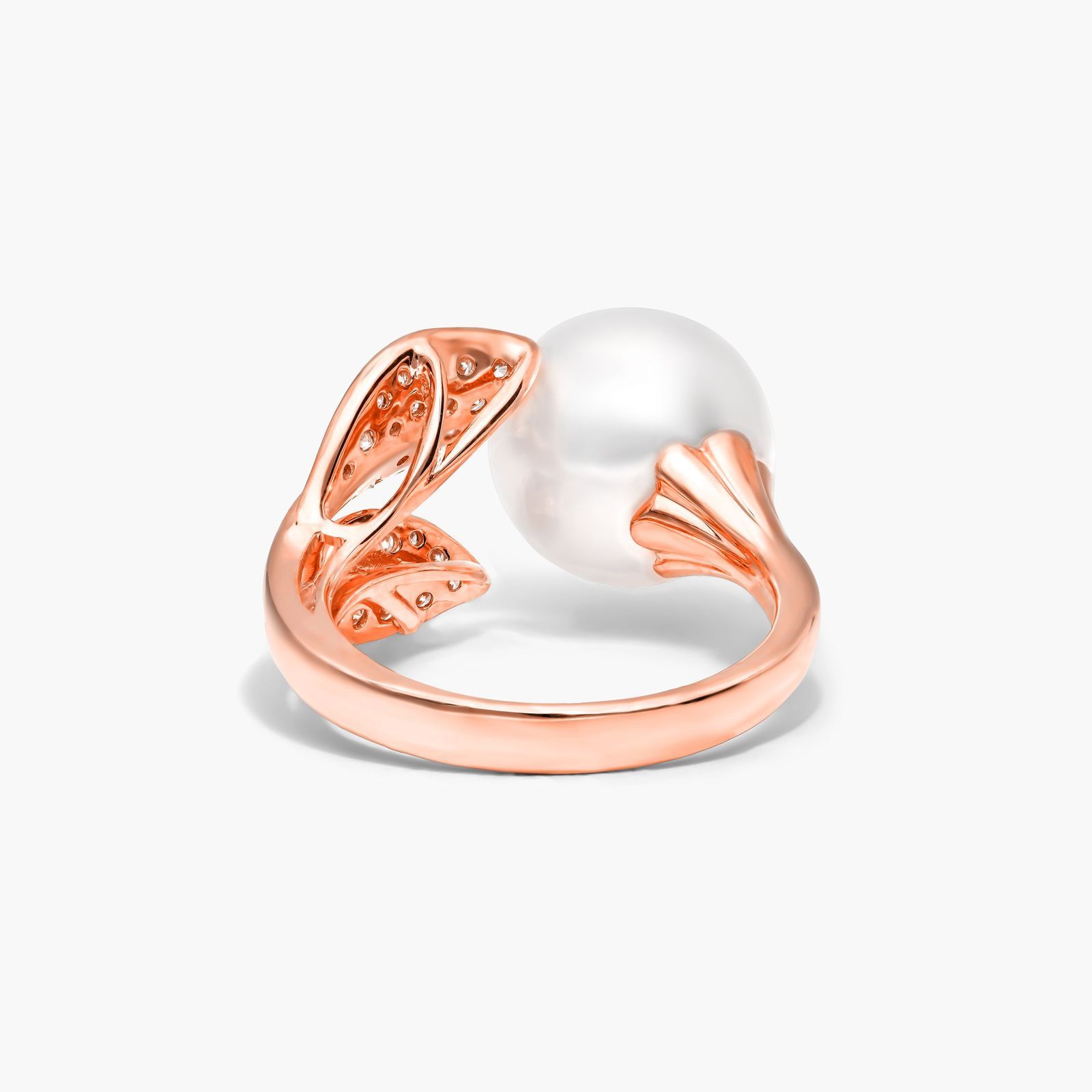
The Tahitian A-D System
With this system, pearls are graded into four categories with A being the highest. While this system was originally used in French Polynesia to grade Tahitian pearls, it is now used to grade other pearl varieties as well.
| A | The highest quality pearl, with excellent luster and round shape. Less than 10% of minute surface blemishes. |
| B | High luster and round shape. Some noticeable defects that may cover up to 30% of surface area. |
| C | Medium luster. Surface imperfections may cover up to 60% of surface area. |
| D | Over 60% of blemishes and defects cover the surface. Luster is not considered in D grade due to high percentage of defects. |
How to Care for South Sea Pearls
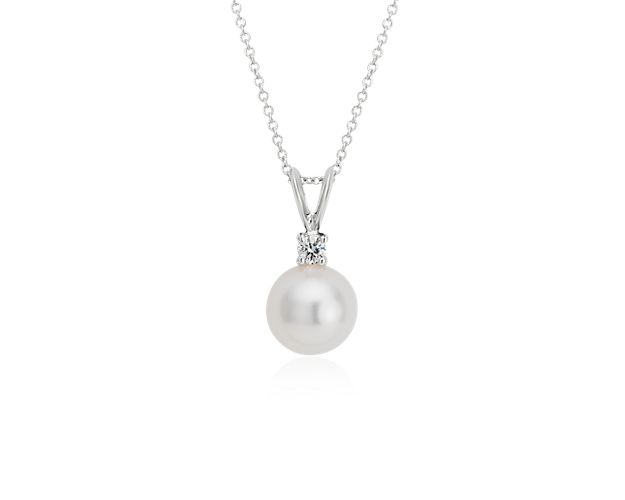
Pearls, with their ethereal glow, are delicate gems, scoring a mere 2.5 to 4.5 on the Mohs hardness scale. This softness demands attentive care to ensure their longevity and luster. One of the simplest ways to maintain their sheen is regular wear, as natural body oils act as a moisturizer, ensuring they remain hydrated.
For routine maintenance, wipe down your pearls after each use to prevent dirt accumulation. When cleaning, gently wipe with a soft cloth and rinse under running water, but never submerge them completely. Hanging pearls isn’t advisable, as it weakens the string, risking breakage.
Ensure a jeweler annually checks your pearl jewelry’s condition. Pearl strands often need restringing every 2 to 3 years to maintain their integrity. Refrain from exposing your pearls to harsh chemicals or ultrasonic cleaners; they’re detrimental to the pearl’s surface.
For storage, pearls thrive in breathable environments. Store them in soft pouches or lined boxes, ensuring air circulation. This practice prevents them from drying, which can lead to brittleness or discoloration. Given their soft nature, keep pearls separate from other jewelry to avoid inadvertent scratches or abrasions.
Where to Buy South Sea Pearls
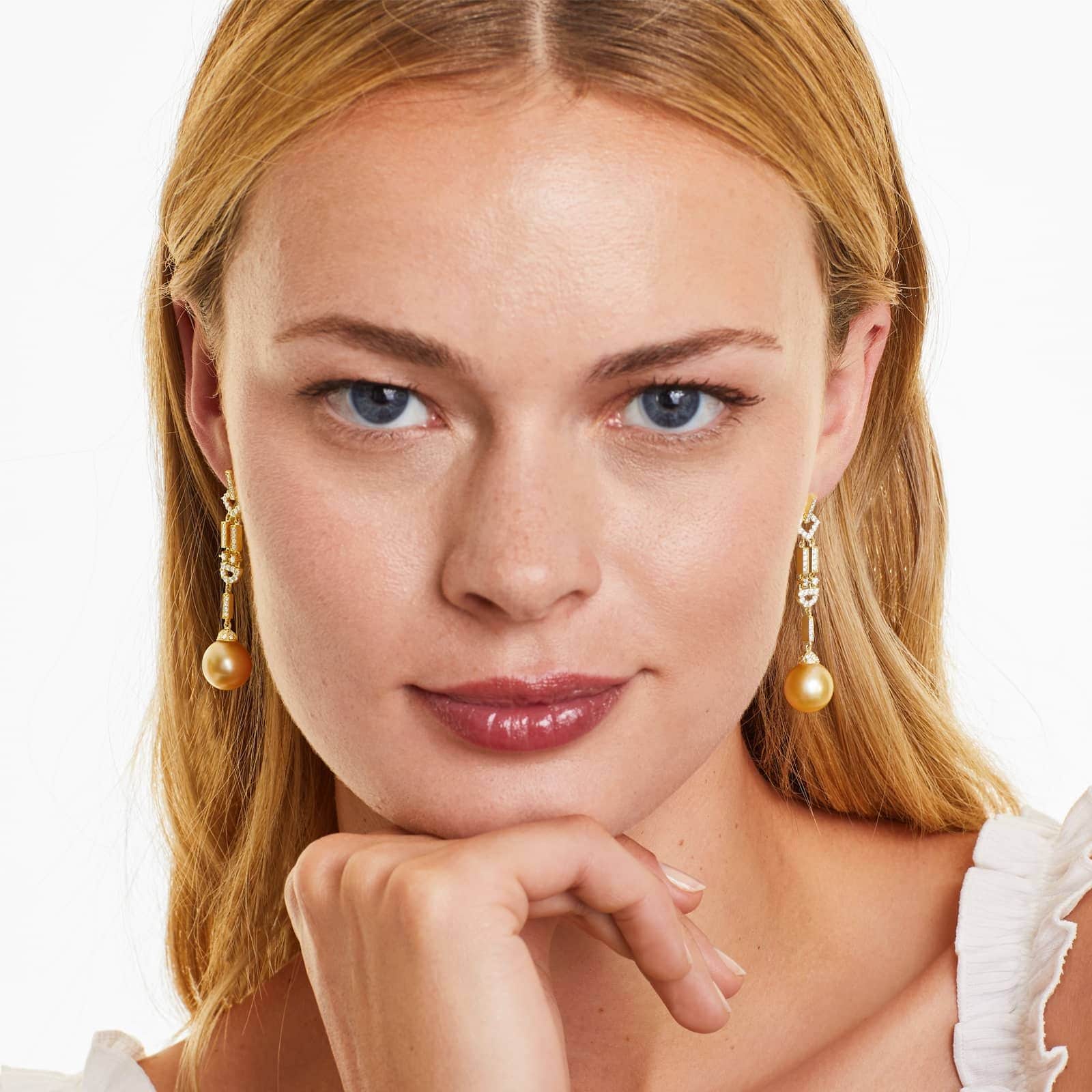
You can shop for South Sea pearls online or in-store, although shopping online will open up more options to you and offer you more competitive prices. Here are some popular online stores you can check out:
1. James Allen
A reputable online jewelry retailer, James Allen boasts a wide selection of high-quality jewelry pieces, including South Sea pearls. Their interactive website provides high-resolution imagery, allowing you to closely inspect each pearl’s luster and surface. Check them here.
2. Blue Nile
Renowned as one of the leading online diamond retailers, Blue Nile also offers a curated collection of South Sea pearl jewelry, ensuring authenticity and top-notch quality with every purchase. Browse Blue Nile here.
3. Angara
This online gemstone jewelry store offers a diverse array of jewels, including South Sea pearls. Their collection showcases both classic designs and contemporary styles. Check out Angara here.
4. Brilliant Earth
Primarily recognized for their ethically sourced diamonds, Brilliant Earth also provides a range of exquisite South Sea pearl jewelry, merging elegance with responsible sourcing. Check them out here.
5. Etsy
A marketplace teeming with creativity, Etsy allows you to discover artisanal South Sea pearl pieces, many of which are handcrafted, and even vintage treasures that are hard to find elsewhere. Browse Etsy here.
6. Amazon
As a vast online marketplace, Amazon offers a wide variety of South Sea pearls. From established jewelry brands to individual sellers, it’s possible to stumble upon both artisanal creations and vintage gems amidst their vast offerings. Check it out here.
Wrapping Up
In the world of luxury and elegance, South Sea pearl jewelry stands unparalleled. These pearls, cultivated from the warm waters of the South Seas, possess a unique luster and size that make them a favorite among connoisseurs. Their captivating beauty, coupled with a timeless appeal, ensures that they remain not just a piece of jewelry, but a treasure to be cherished for generations. Invest in a South Sea pearl, and you’re not just buying jewelry—you’re owning a piece of the ocean’s mystique!


